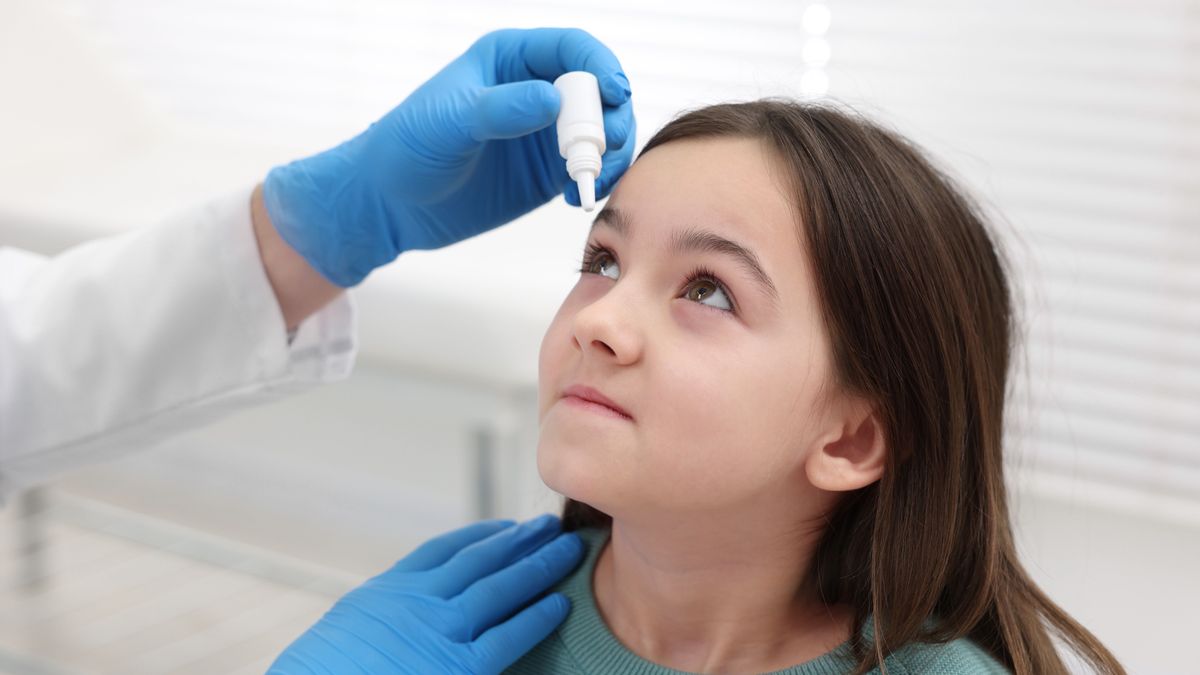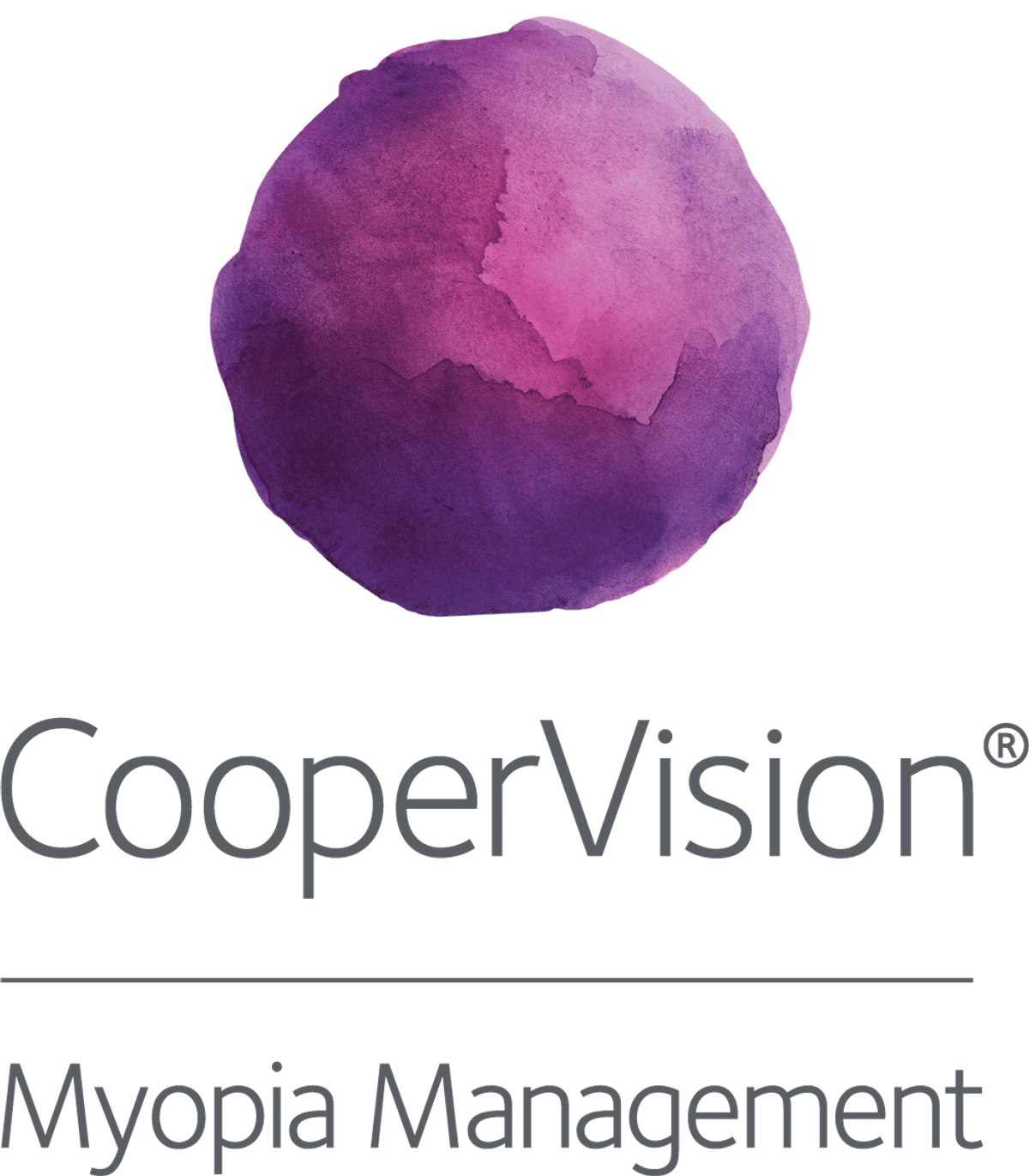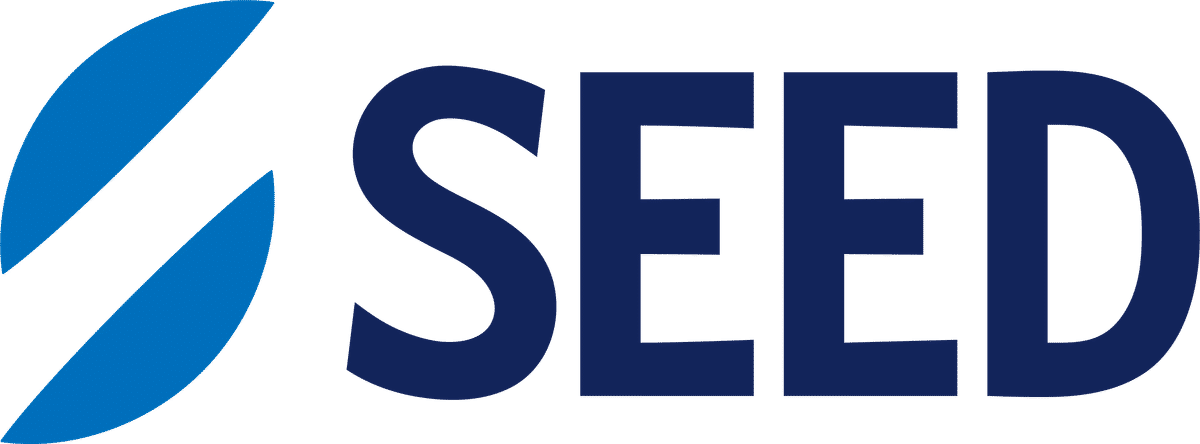Clinical
Cycloplegia in myopia management: uses and alternatives

In this article:
Cycloplegia remains the gold standard for obtaining accurate refractions in children, but it is not always required at every visit. This article outlines when it is necessary to perform cycloplegia, and how accommodation can be controlled without it using alternative techniques.
When to use cycloplegia
Cycloplegia is a valuable tool during clinical testing to enhance the accuracy of refraction measurements, and assists in the timely diagnosis and treatment of several ocular disorders.
Cycloplegic refraction is often considered the gold standard for determining refractive error, as the true refractive state of the eye can be masked or distorted by active accommodation. This is valuable when examining children because of their increased accommodative tone compared with adults.
If cycloplegia is not undertaken, practitioners may run the risk of over-minusing a child’s refractive error and obtaining an inaccurate measurement.
The American Optometric Association guidelines currently recommend cycloplegic examination for first-time evaluation in school-aged children.
Beyond baseline examination, cycloplegia is indicated when the clinical picture is inconsistent or when accommodation is likely to be influencing results. These encompass common clinical scenarios including:
- Amblyopia and amblyogenic risk factors e.g. strabismus, anisometropia, or high ametropia
- Latent hyperopia
- Pseudomyopia
- Accommodative disorders e.g. insufficiency, fatigue, or spasm
Binocular vision assessment is best performed prior to cycloplegia. The binocular vision system can compensate during cycloplegia, leading to unexpected changes in binocular alignment.
Using cycloplegia in myopia management
Cycloplegia in the examination of myopic children allows practitioners to obtain useful clinical data, such as establishing refraction before treatment and to confirm changes in prescription.
However, it is not mandatory – cycloplegic agents may not be available in your scope of practice, may not be suitable for certain children, and may not be needed if accommodation is controlled.
The International Myopia Institute indicates that either noncycloplegic and/or cycloplegic refraction can be performed during the standard clinical examination of myopes.
Cycloplegic refraction can be performed at the initial visit and at appropriate intervals thereafter (e.g. annually), as long as consistent refraction techniques are applied to ensure comparable clinical data.
If cycloplegia is used, the recommended dosage is two drops of 1% tropicamide or cyclopentolate given 5 minutes apart.
Cycloplegic refraction should be performed 30-45 minutes after the first drop is instilled.
The techniques used to measure refractive error under cycloplegia can vary.
Cycloplegic subjective refraction provides the most accurate assessment of refractive error, as it incorporates both optics and the patient’s visual perception while keeping accommodation under control.
For younger myopic children, objective methods such as cycloplegic retinoscopy and cycloplegic autorefraction are often more suitable. Both these approaches yield comparable results, with a difference of no more than 0.50D from the other.
How to control accommodation without cycloplegia
Although the use of cycloplegia is preferred, it can be difficult for patients to undertake due to inconvenience and its impact on vision.
To obtain an accurate refraction without cycloplegia, a practical alternative is to use non-cycloplegic retinoscopy with optical fogging to relax accommodation. Retinoscopy is an accurate screening tool for evaluating refraction and amblyogenic risk in children, and can easily be undertaken using a trial frame and/or over the patient’s current correction.
In patients aged 7 to 16 years, fogging the contralateral eye by +6.00D during non-cycloplegic retinoscopy achieves a result that is only 0.30D more myopic than cycloplegic retinoscopy.
Autorefractors are widely used as an objective method for measuring refractive error and are well-tolerated. While autorefraction provides a useful starting point for refraction, autorefractors may underestimate the level of hyperopia and overestimate myopia under non-cycloplegic conditions.
Where available, open-field autorefractors (that allow patients to fixate on a distant real-world target) provide closer results to cycloplegic retinoscopy than closed-field devices, in children aged 6 to 11 years.
The American Optometric Association guidelines suggest that autorefraction “may be used as a starting point for subjective refraction, but not as a substitute for it." However, "retinoscopy, when performed by an experienced clinician, is more accurate than automated refraction for determining a starting point for non-cycloplegic refraction.”
Key points
- Cycloplegia is useful for obtaining an accurate refraction, especially in children with amblyogenic risk, pseudomyopia, or latent hyperopia.
- Myopia management does not require cycloplegia at every visit. Cycloplegic examination can be performed at the initial visit and on indication thereafter.
- Accommodation can be adequately controlled without cycloplegia by using non-cycloplegic retinoscopy with fogging.
Meet the Authors:
About Brian Peng
Brian is a clinical optometrist based in Sydney, Australia. He graduated from the University of New South Wales and was awarded the Research Project Prize for his work on myopia. He has a keen interest in myopia-related research, industry, and education.
Read Brian's work on our My Kids Vision website, our public awareness platform. Brian also works on development of various new resources across MyopiaProfile.com.
References
- Guo X, Shakarchi AF, Block SS, et al. Noncycloplegic Compared with Cycloplegic Refraction in a Chicago School-Aged Population. Ophthalmology. Jul 2022;129(7):813-820. [link]
AOA. Evidence-Based Clinical Practice Guideline: Comprehensive Pediatric Eye and Vision Examination [Internet]. American Optometric Association; 2017. Available from: https://www.aoa.org/aoa/documents/practice%20management/clinical%20guidelines/ebo%20guidelines/comprehensive%20pediatric%20eye%20and%20vision%20exam.pdf
[link]- Gifford KL, Richdale K, Kang P, et al. IMI - Clinical Management Guidelines Report. Invest Ophthalmol Vis Sci. Feb 2019;60(3):M184-M203. [link]
- Jones DA, Chow AHY, Fadel D, et al. IMI-Instrumentation for Myopia Management. Invest Ophthalmol Vis Sci. Jul 2025;66(9):7. [link]
- Steele G, Ireland D, Block SS. Cycloplegic autorefraction results in pre-school children using the Nikon Retinomax Plus and the Welch Allyn SureSight. Optom Vis Sci. Aug 2003;80(8):573-7. [link]
- Yeotikar NS, Chandra Bakaraju R, Roopa Reddy PS, et al. Cycloplegic refraction and non-cycloplegic refraction using contralateral fogging: a comparative study. J Mod Opt. Jun 2007;54(9):1317-24. [link]
- Chiu NN, Rosenfield M, Wong LC. Effect of contralateral fog during refractive error assessment. J Am Optom Assoc. May 1997;68(5):305-8. [link]
- Kuo YC, Wang JH, Chiu CJ. Comparison of open-field autorefraction, closed-field autorefraction, and retinoscopy for refractive measurements of children and adolescents in Taiwan. J Formos Med Assoc. Aug 2020;119(8):1251-1258. [link]
Enormous thanks to our visionary sponsors
Myopia Profile’s growth into a world leading platform has been made possible through the support of our visionary sponsors, who share our mission to improve children’s vision care worldwide. Click on their logos to learn about how these companies are innovating and developing resources with us to support you in managing your patients with myopia.












